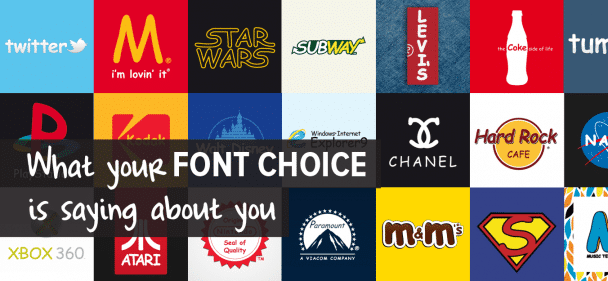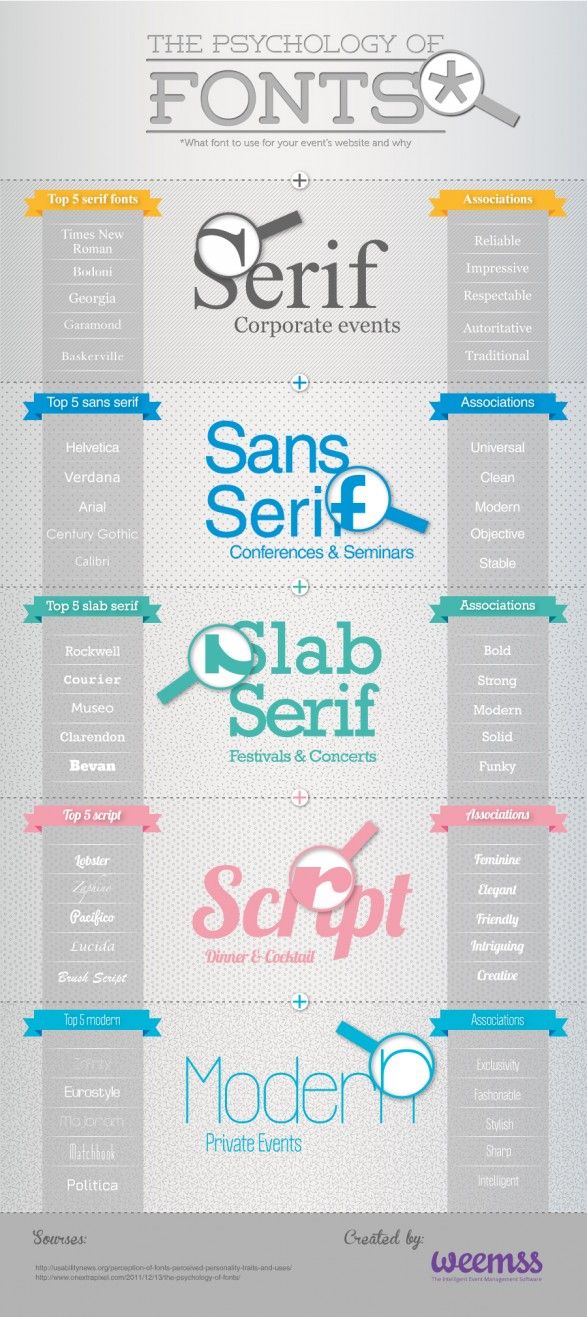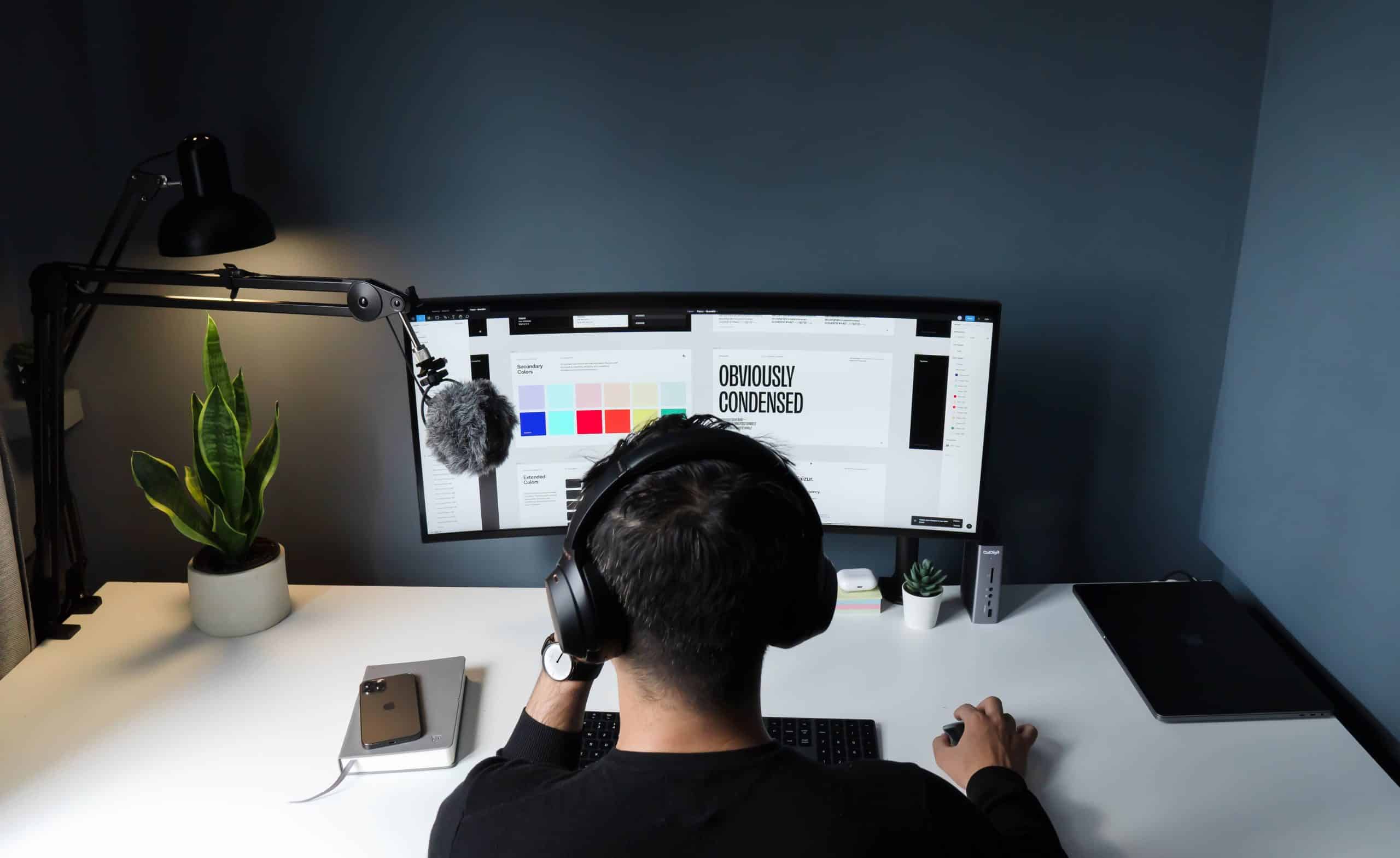Typeface is everywhere. In fact, you’re reading it right now. Perhaps you think we don’t pay much attention to it. Perhaps you think all these words all around us look the same. Well, you are very wrong. There are thousands of font choices, and we see type more than we realize. In packaging, signage, websites, presentations, and documents, fonts subtly influence us constantly. Thus, whether you realize it or not, font choice is actually a very important decision. From websites, to business cards and promotional items, to emails and resumés, fonts can have a subconscious impact on readers. Your business has a target audience. As part of your marketing strategy, your business needs to consider the emotions that you want to evoke from your target audience. There are multiple aspects of design to consider to properly inspire your customers, and while color psychology is most commonly used to elicit emotion, disregarding the psychology of fonts would be a great oversight.
The infographic below illustrates five categories of fonts, with five examples within each category. Each category also contains the psychological associations of the font type. Serif fonts are more readable than sans serif; people are able to read serif fonts faster and are able to understand them more easily. Commonality of font and font size can also impact a reader’s perception. For instance, using Arial, which is considered a clean and universal font, for instructions will make those instructions seem easier to understand, thereby providing a positive customer experience and increasing customer satisfaction. Perhaps you want your business to have an upscale vibe; using a smaller, more ornate font, such as Brush Script, can impart a sense of complexity to consumers, which can be beneficial in industries that market more costly items. Maybe you you are creating a visual presentation for a corporate event, a serif font, such as Bodoni, would be appropriate because it implies reliability and authority. Most importantly, when choosing a font for a particular purpose, it is wise to consider the psychological associations of the font.
Do the fonts you’re using give the impression that you want to give? Check out the infographic below.




